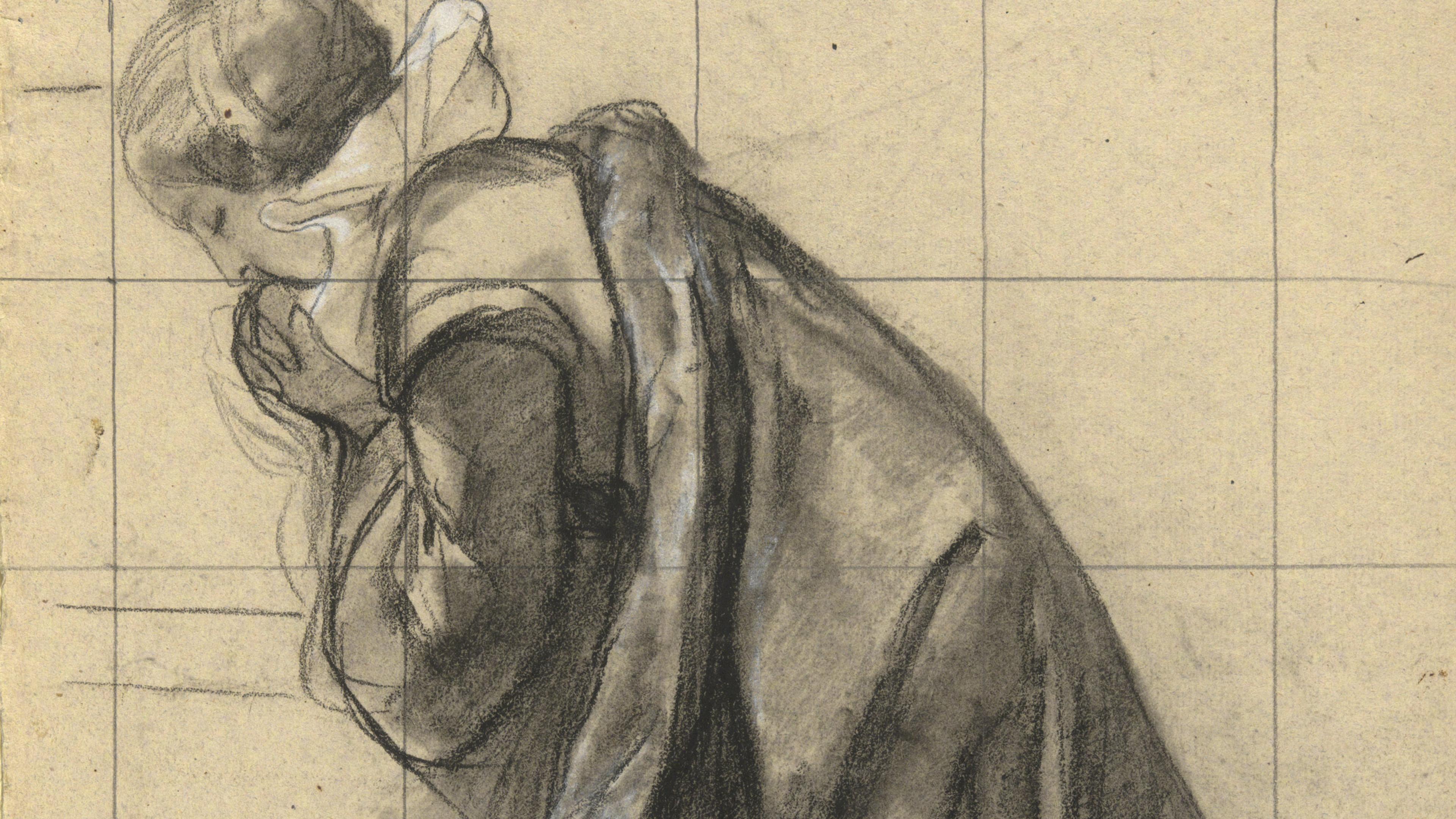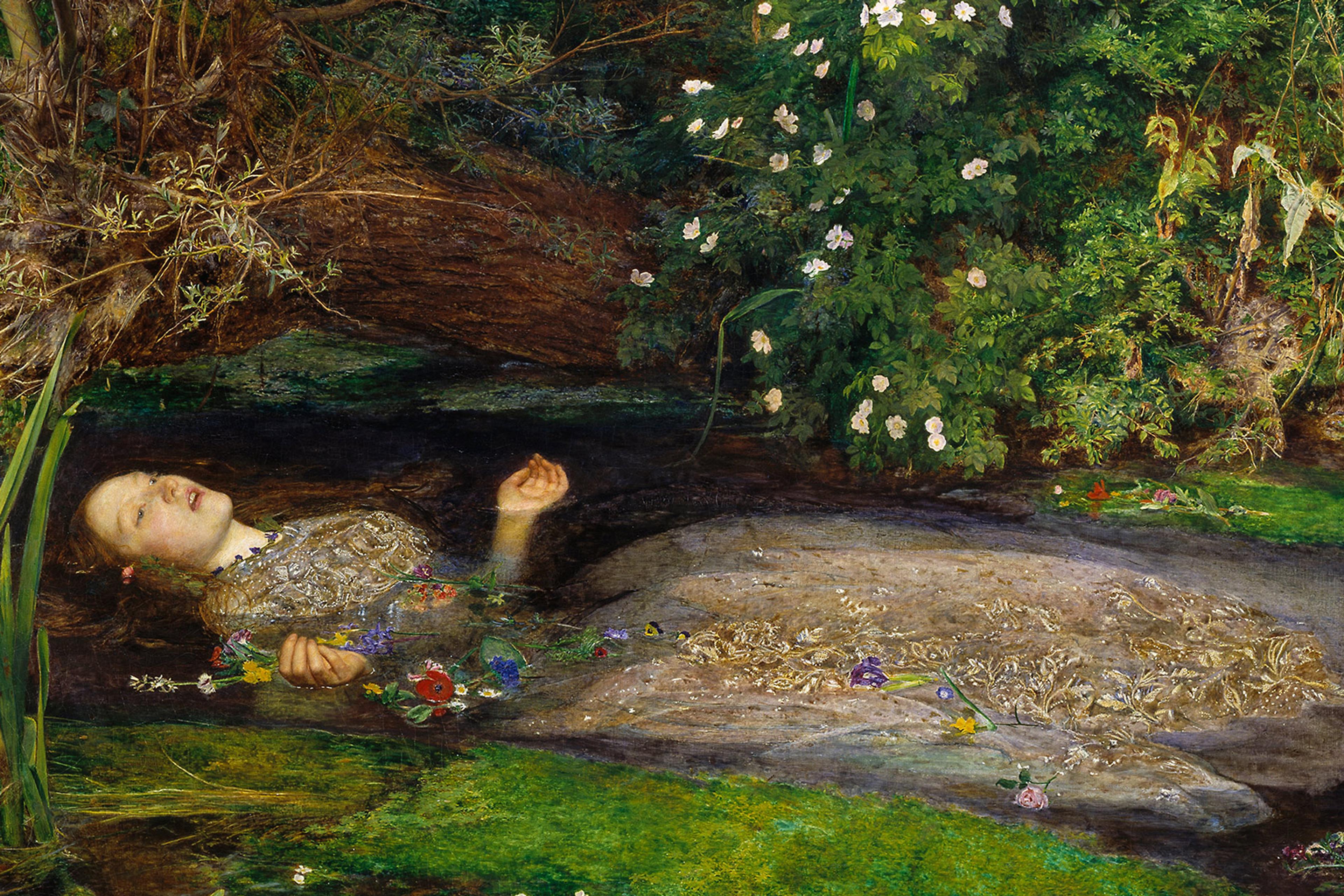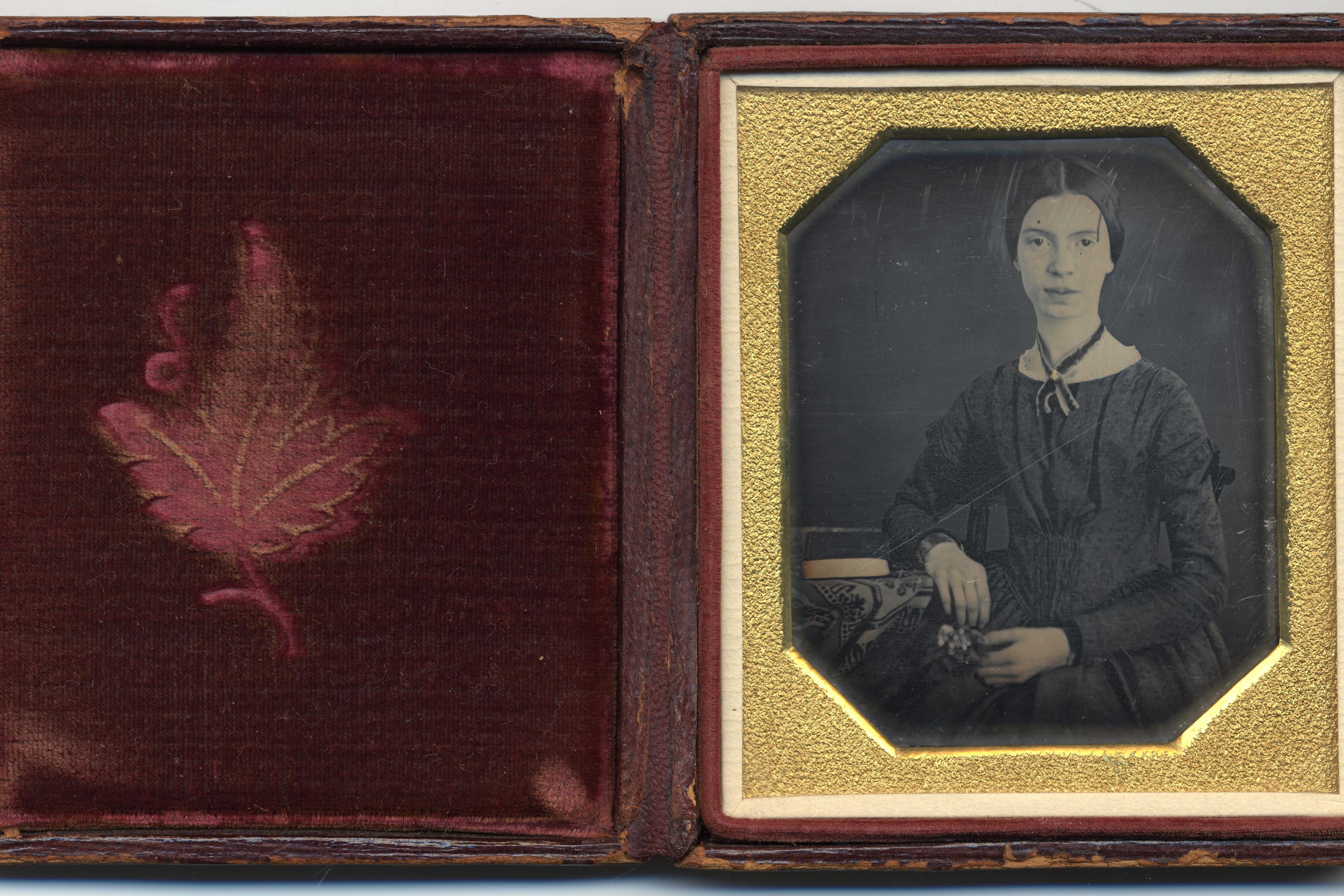They believed God had brought them here, to this sandy shoal, but here was a place shrouded in the fog and weak light of a late-autumn sun. The alien landscape, with its dense looming trees, hinted at a world of demons and strange temptations. Anchored offshore, the ship’s 102 passengers debated whether this truly was the place God had intended for them. Perhaps what they thought had been the voice of God was the voice of Satan.
A small landing party went ashore to explore but found themselves in misery, spending two nights in the open, in a deepening snow. Even the passengers on board found themselves at the mercy of the weather. Their damp clothes, always a hazard on board a ship, had stiffened with ice, making every movement of already numb arms and legs even more difficult. Worse yet, illness had raced through the ship, with many of the passengers now wracked by scurvy.
In early December 1620, less than a month after the Mayflower had arrived off the shores of the Wampanoag’s lands, tragedy struck. Dorothy Bradford was found dead, her body consumed by hypothermia in the icy waters surrounding the ship. Bradford was just 23 when she slipped into the water. In the years that followed, her husband, William Bradford, would become the governor of the Plymouth colony. He would write extensively about their journey and their arrival on Cape Cod, but he made only one passing reference to her death in his many writings.
The greater the silence around a death, the greater the speculation. And there is a lot of silence around Dorothy Bradford’s death.
For nearly two centuries, Dorothy Bradford’s death was just a curious footnote. Cotton Mather, who wrote one of the earliest histories of the Plymouth Colony, simply described it as an accident. Other writers ignored it. But in the 19th century, the story of Dorothy Bradford’s death re-appeared, this time on the pages of a new magazine, Harper’s Weekly. The author, Jane Goodwin Austin, herself a descendant of multiple families who had been on the Mayflower, sensationalised Bradford’s death, depicting it as a suicide. In Austin’s story, Bradford became a person who would have horrified the Separatist Puritans on board the Mayflower: a woman who had succumbed to the unforgivable sin of despair and ended her own life.
Seen from the perspective of 2025, we’ll never know whether Dorothy Bradford intentionally slid into the water from the Mayflower or whether she unintentionally slipped on the ship’s icy deck. But the rumours that have swirled around her death have lingered for good reason.
Suicide was not only an offence against the state and human nature but also an offence against God
Although Puritans – the famous Pilgrims at the heart of America’s origin stories – condemned suicide and often equated despair (or what today we would call depression) with Satan, Puritan theology emphasised the role that despair could play in bringing sinners to God. Recognising one’s sinful nature as well as one’s own specific sins was, Puritans believed, a necessary first step in embracing God’s will. For many believers, this translated to an almost morbid fixation on their status as depraved creatures who were inherently sinful. Emotional turmoil and despair were common responses to this fixation, with some individuals being driven to embrace suicide as a means of escape from the dread and melancholy they had intentionally courted.
Many Puritan leaders acknowledged that this process could be highly dangerous and that it could result in what 17th-century English men and women called ‘self-murder’ (the word ‘suicide’ emerged in the 1650s and became common only in the 18th century). Suicide, Christians like the Puritans believed, was one of the greatest sins a man or woman could commit. For centuries, Europeans had condemned suicide, seeing it as running counter to the sixth commandment, which forbade murder. By the early 17th century, when the Mayflower’s passengers were gathering to embark on their journey, suicide was widely understood as not only an offence against the state and human nature but also as an offence against God. Regardless of whether they were Catholic, Protestant or Orthodox Christians, Europeans overwhelmingly believed that those who engaged in suicide were damned for eternity. While this belief might appear to have served as a check on suicidal behaviour, it also meant that people spiralling into depression saw suicide – and their own damnation – as inevitable. This belief may have been especially prevalent among those who accepted the idea of predestination, a key tenet of Puritanism.
Calculating suicide statistics is always fraught, and accurately assessing the prevalence of suicide in pre-industrial societies is especially impossible. But what is clear is that many people in early 17th-century Europe believed that suicide rates were rising. In England, where suicide was believed to be widespread, the Puritan preacher William Gouge summed up the views of many of his countrymen and women when he lamented that ‘scarce an age hath afforded more examples of this desperate inhumanity [suicide], than this our present age.’
A year before the Mayflower set sail, Nehemiah Wallington, a contemporary of Bradford’s and, like her, a devout Puritan, found himself struggling with suicidal thoughts. Wallington’s diary depicts not only his despair but his conviction that he could not escape his sinful nature except through death. A typical entry reads: ‘As for my sins present they did perplex me every day, for I did see I could do nothing but sinn [sic], for I was very quarelsom, pevish [sic] and disobedient, the more I did purpose and strive to be better the worse I was …’
Wallington recorded at least 10 attempts at suicide, with his first attempt occurring in 1618 when he was 20. As he struggled, Wallington worried not only about his own sinful nature but also about how his actions would be interpreted by others. He asked himself: ‘How would this open the mouths of the wicked to speak ill of our profession [religion]?’ He worried that many would respond by saying: ‘Look on these Puritans: see Master Wallington’s son hath killed himself and so I should bring a slander upon our religion.’
He was right to be concerned. Most English men and women rejected the radical views of Puritan Separatists overall, seeing them as dangerous radicals. And they did, just as Wallington feared, view their Puritan neighbours and relatives askance, convinced that Puritan beliefs made people especially susceptible to depression and suicide. The clergyman Richard Sibbes summed up this view with his simple statement that ‘those that profess religion are the most melancholic.’
The body and the spirit were interdependent. A spiritual crisis could also wreak havoc on the body
Puritan preachers walked a fine line. Even as they urged their congregants to engage in deep introspection, they also cautioned their congregants about the dangers of the despair that often emerged in the wake of this highly critical form of introspection. Most of these preachers conceded that melancholy had a physical cause as well as a spiritual cause. In doing so, these clergymen pointed to the ancient Greek belief that an excess of black bile caused melancholy; in fact, the very word ‘melancholy’ was rooted in the Greek words for black and bile. But they and most of their contemporaries also saw religious belief as a major cause of melancholy.
Because it had both a physical and spiritual cause, both clergymen and physicians treated those suffering from melancholy. Sometimes, practitioners possessed training in both theology and medicine, an approach that reflected the widespread belief in the intertwined nature of the physical and spiritual aspects of melancholy. Few practitioners exemplified this better than Timothie Bright. Bright, who wrote the first treatise on melancholy in English, began his career as a physician only to become a clergyman, ultimately. Published in 1586, Bright’s A Treatise of Melancholy argued that the causes of melancholy or depression were wide-ranging. Something as simple as poor diet, he said, could cause melancholy. He also pointed to spiritual or religious struggles such as those experienced by Wallington as a major cause of melancholy. The body and the spirit were believed to be interdependent. An illness of the body – a melancholy brought on by physical causes – could render a person delusional. Conversely, an illness of the mind – a spiritual crisis – could also wreak havoc on the body. Treating those who suffered from melancholy required a holistic approach.
Bright’s work laid the foundation for what would become one of the most famous works ever written about depression, Robert Burton’s The Anatomy of Melancholy. Published in 1621, just a year after the Mayflower landed, Burton’s massive study alternates between a sardonic look at how melancholy had been understood over the preceding 1,000 years with a more measured and serious approach to the topic. It drew on not only Bright’s work but also a range of classical sources, both to emphasise the importance of understanding the causes, symptoms and treatment of melancholy, and also to underscore the connections between spiritual distress, melancholy and suicide.
Well into the 19th century, physicians and clergymen as well as the superintendents and staff at American asylums for the mentally ill routinely encountered patients who, like Wallington, struggled to come to terms with what they believed was their own sinful nature. Many of these patients continued to use the Puritans’ language of sin and despair to describe their symptoms and desire to end their lives. Their words, recorded in asylum medical records, diaries and letters, often provide an eerie parallel to those of Wallington, long after the idea that Puritans were especially prone to suicide had faded.
We will never know whether she slipped or jumped into the frigid waters around the Mayflower
In seeing the fear of sin as a cause of their melancholy, 19th-century patients, like their 17th-century counterparts, reflected the broader culture of the world in which they lived. If the 17th century had been a period of heightened religious belief, so, too, was the 19th century. But the 19th century also witnessed the building of asylums on a grand scale, along with major revolutions in the practice of medicine. Although popular culture has depicted asylums as places of horror and abuse, 19th-century reformers pushed for and shaped the construction of these institutions. Many of these asylums, at least in their early years, were focused on providing state-of-the-art medical care for patients. Physicians and nurses, not clergy, were now the primary caregivers for those suffering from melancholy. Reflecting their training, these practitioners defined mental illness in physiological and, increasingly, psychological terms. By the 20th century, as religious belief fractured and declined in the US, religious melancholia overwhelmingly came to be seen not as the product of an individual’s seeking salvation but rather as evidence of an acute and very real psychological illness. It’s a belief we still embrace today.
In recent years, as Americans focused on the 400th anniversary of the Pilgrims’ landing in 1620, questions around Dorothy Bradford, the wife of the Pilgrim’s expedition leader, re-emerged. But while we can still hear Wallington’s voice today, we can’t hear Dorothy Bradford’s. Just as we will never know whether she slipped or intentionally jumped into the frigid waters around the Mayflower, so, too, we will never know what she was thinking when the ship lay moored off Cape Cod. But understanding the world in which she lived and knowing the ways in which the Puritans’ religious practices shaped her world can provide some insight into the mental struggles Bradford and her fellow passengers faced when they left England for an alien and unknown place.








